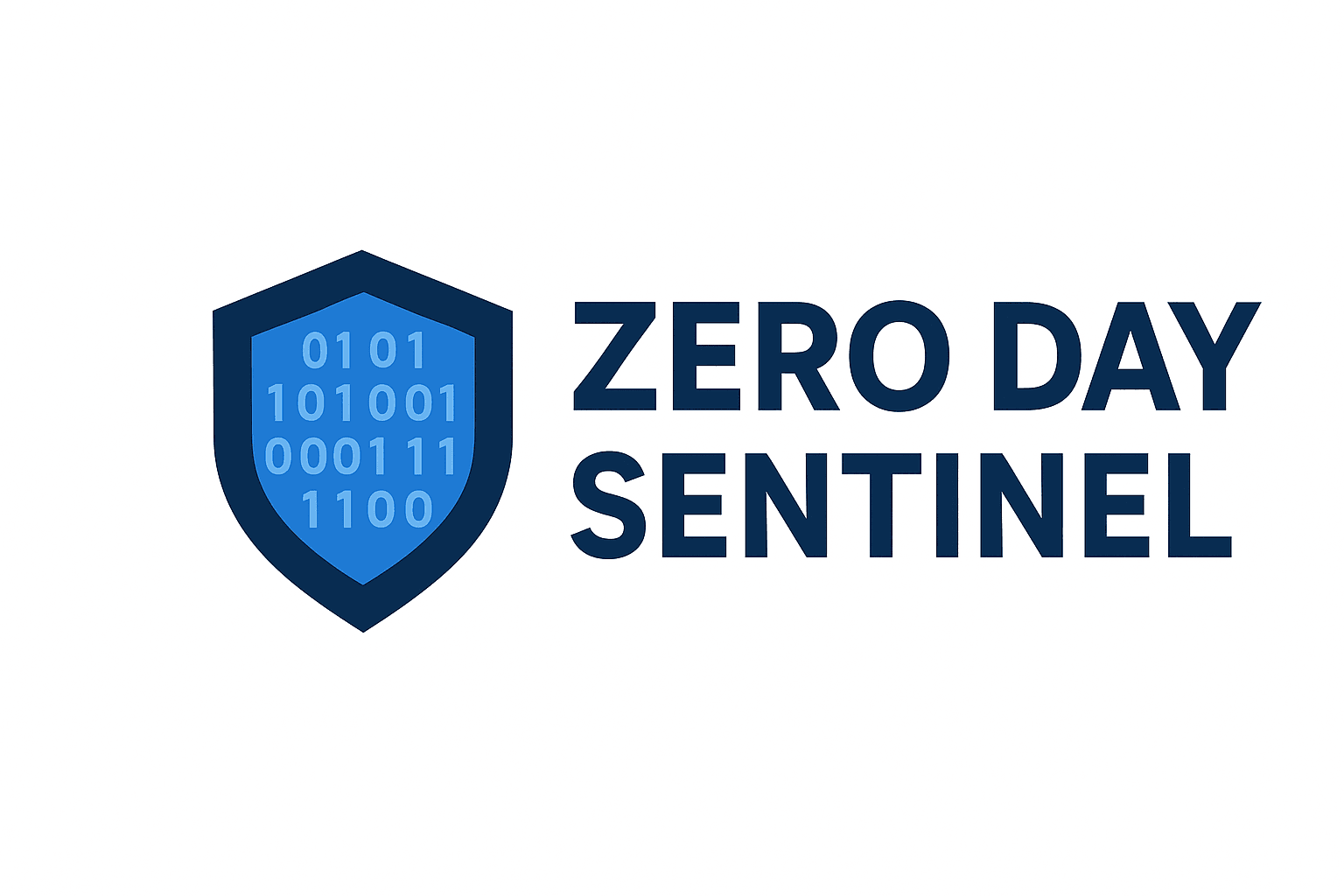The Rising Threat of AI-Powered Cyberattacks: What Security Teams Need to Know
The Rising Threat of AI-Powered Cyberattacks: What Security Teams Need to Know
As artificial intelligence becomes increasingly sophisticated, cybercriminals are weaponizing these same technologies to launch more effective and harder-to-detect attacks. Security professionals must understand this evolving landscape to protect their organizations effectively.
The New Breed of AI-Enhanced Threats
Deepfake Social Engineering
Cybercriminals are now using AI-generated voice clones and deepfake videos to impersonate executives and trusted contacts. These attacks have moved beyond simple phishing emails to sophisticated real-time conversations that can fool even security-aware employees. Recent incidents have shown attackers successfully conducting "live" video calls with AI-generated faces and voices.
Intelligent Password Attacks
Machine learning algorithms are revolutionizing credential stuffing and brute-force attacks. AI systems can now analyze patterns in leaked password databases, social media profiles, and corporate information to generate highly targeted password lists. These smart attacks achieve success rates up to 300% higher than traditional dictionary attacks.
Automated Vulnerability Discovery
AI tools are being used to automatically scan for and exploit zero-day vulnerabilities. These systems can analyze code repositories, identify potential weaknesses, and even generate exploit code without human intervention. The time between vulnerability discovery and exploitation continues to shrink.
Defense Strategies for the AI Era
Multi-Layered Authentication
Traditional two-factor authentication is no longer sufficient. Organizations must implement:
Behavioral biometrics that analyze typing patterns, mouse movements, and device interaction
Continuous authentication that monitors user behavior throughout sessions
Risk-based authentication that adapts security requirements based on context
AI-Powered Defense Systems
Fighting fire with fire requires deploying AI in your defense stack:
Behavioral analytics that establish baseline user patterns and detect anomalies
Automated threat hunting that proactively searches for indicators of compromise
Predictive security models that identify potential attack vectors before they're exploited
Employee Training Evolution
Security awareness training must adapt to address AI-enhanced threats:
Regular deepfake detection workshops
Simulated AI-powered social engineering exercises
Updated policies for verifying identity in voice and video communications
The Human Element Remains Critical
While AI transforms both attack and defense capabilities, human expertise remains irreplaceable. Security teams should focus on:
Critical thinking skills to question unusual requests, even from apparent authority figures
Incident response planning that accounts for AI-enhanced attack scenarios
Cross-functional collaboration between security, IT, and business teams
Looking Ahead
The cybersecurity landscape will continue evolving as AI capabilities advance. Organizations that invest in understanding these threats today will be better positioned to defend against tomorrow's attacks. The key is maintaining a balanced approach that leverages AI's defensive capabilities while addressing its offensive applications.
Security is not just about technology—it's about building resilient systems and processes that can adapt to an ever-changing threat environment. As we've seen throughout cybersecurity's evolution, those who stay ahead of emerging trends will be best equipped to protect what matters most.
Stay informed about the latest cybersecurity threats and defense strategies. The digital battlefield continues to evolve, and knowledge remains our strongest weapon.
